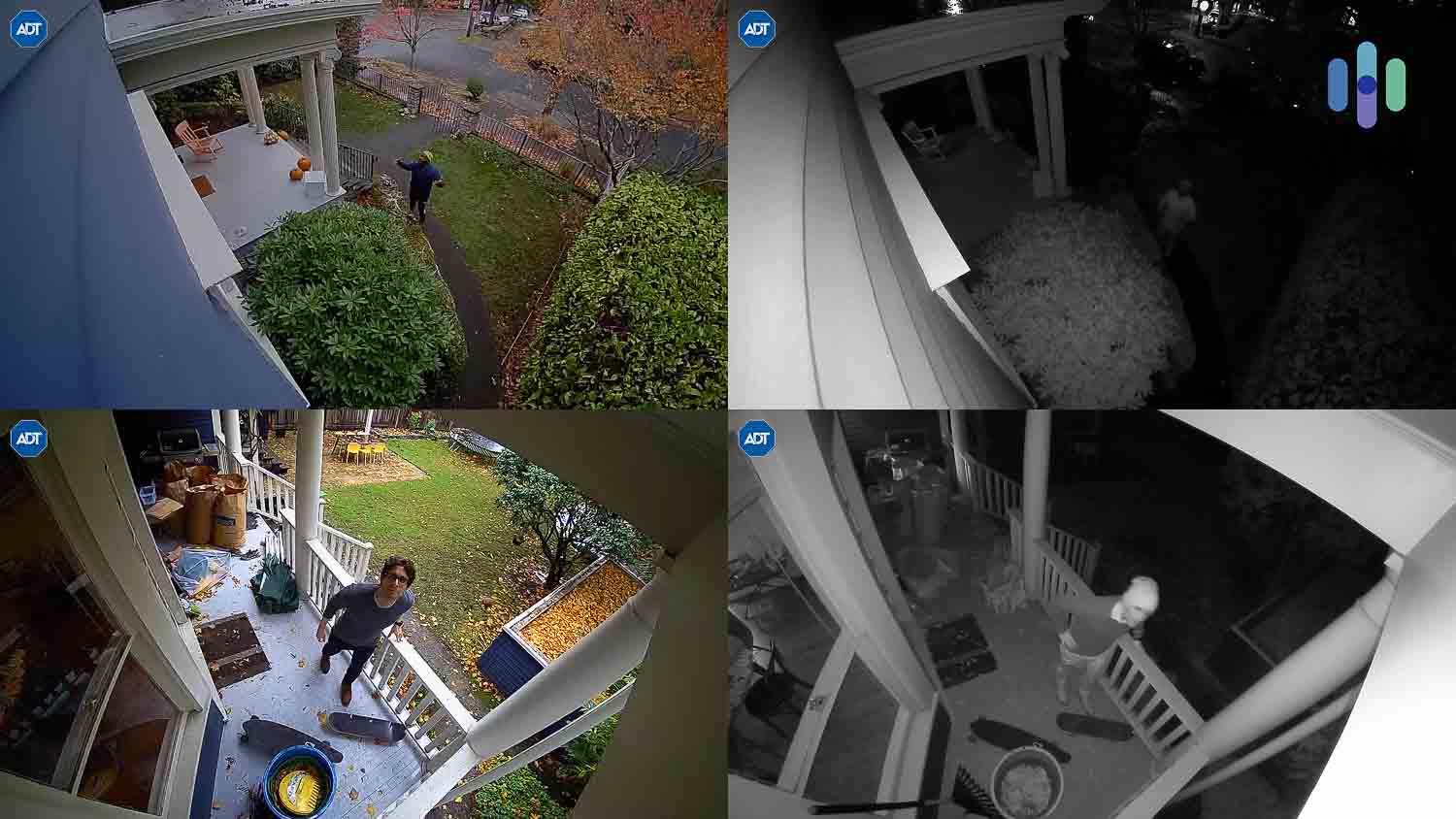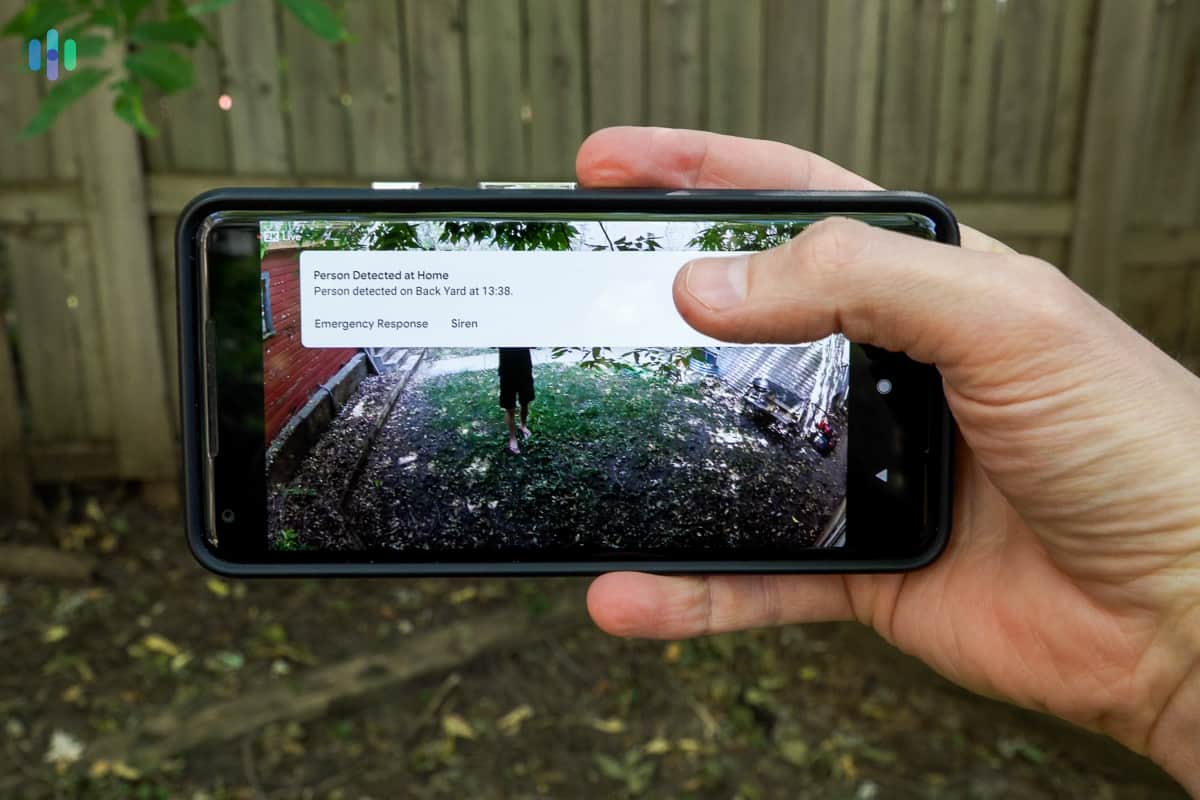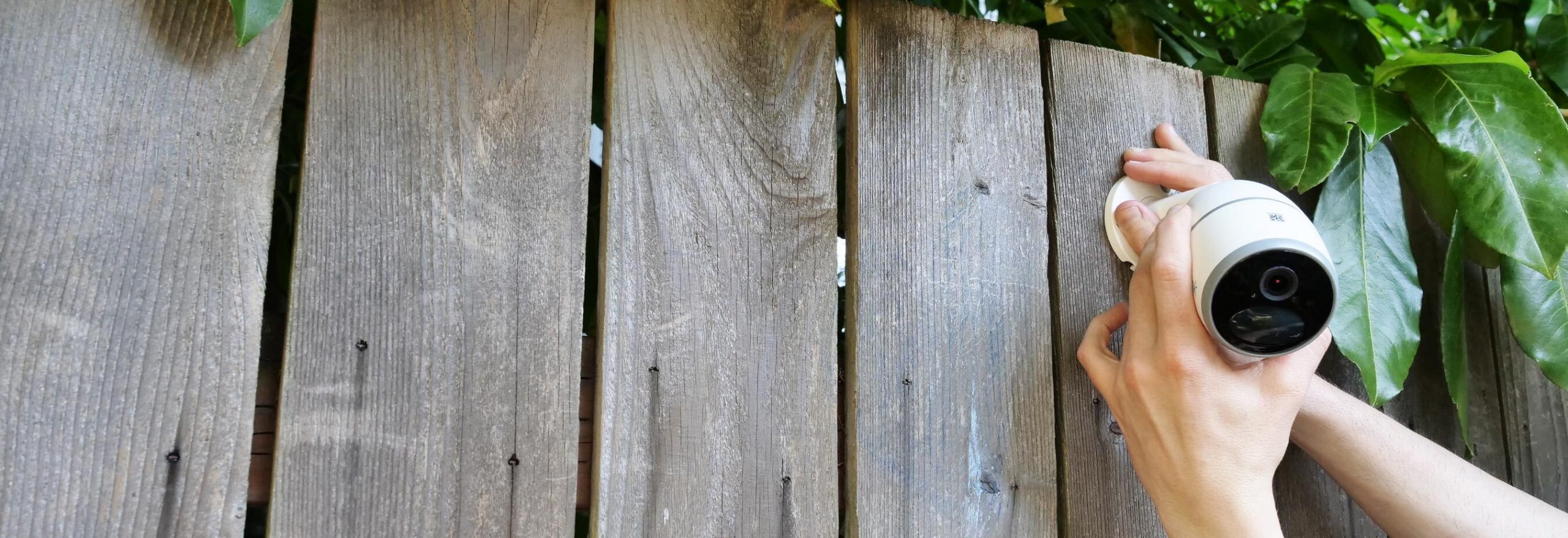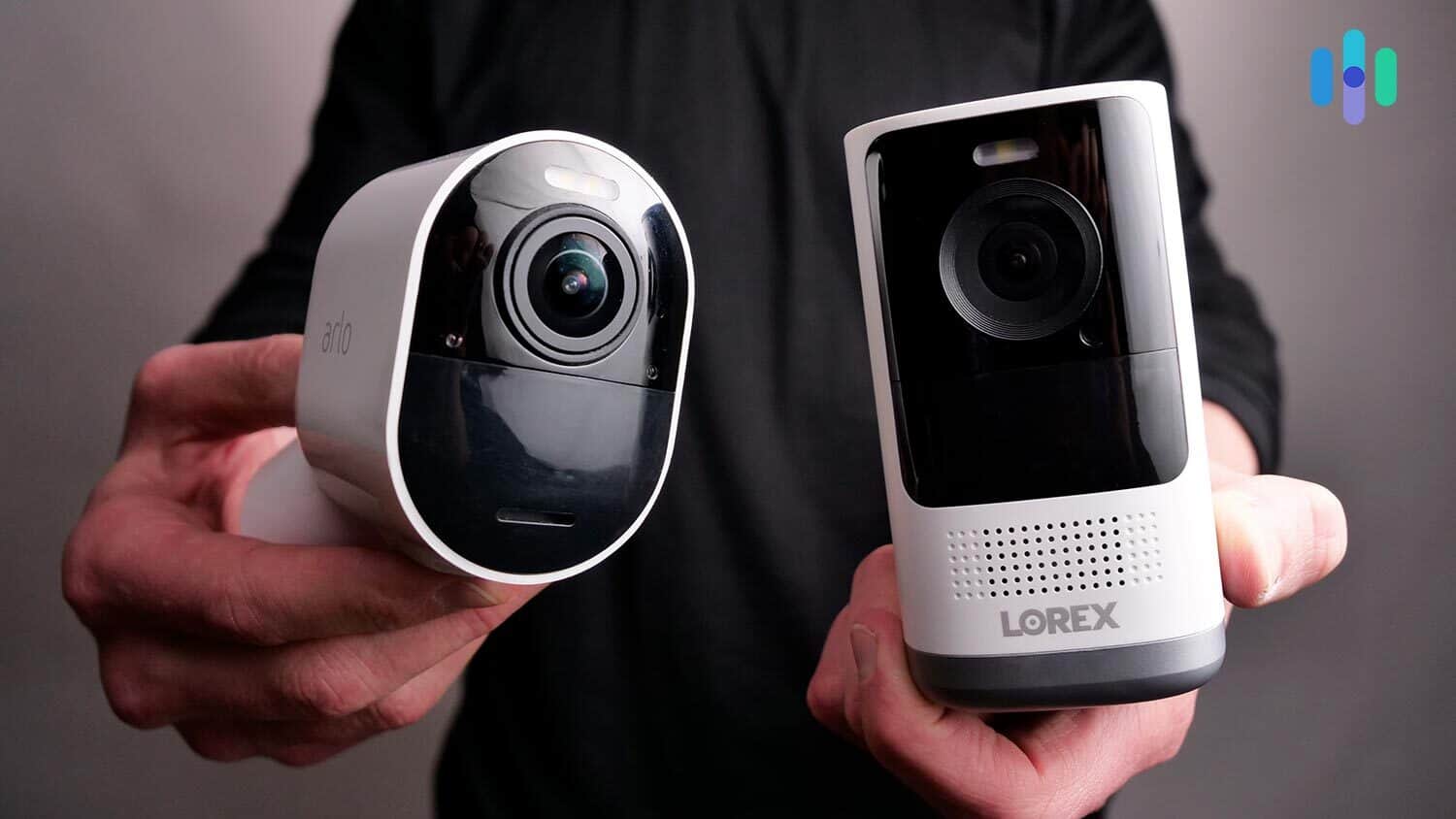Editor’s Note: Whether you hide or display your cameras, we recommend upping your protection with an outdoor security system. You’ll get extra features like video doorbells and window break sensors to keep you and your home safe.
There’s a debate among security experts whether to hide or display outdoor cameras. On one hand, security cameras deter crime. Would-be burglars see them and often scram. On the other hand, visible security cameras might invite vandals or determined burglars to steal or tamper with them.
Our stance on the matter? Do both! Leave some of your security cameras on display, while hiding the others as some sort of backup. Doing the first is easy, but hiding outdoor cameras can be a little trickier, which is why we created this guide just for that.

How to Hide Security Cameras Outside
Installing security cameras is actually fun. It lets you unleash your creativity, especially when installing outdoor cameras. For example, you don’t actually have to hide your camera – you can simply camouflage it. You can paint it the same color as your exterior wall, or even cover it with fake leaves and put it next to hanging plants.
Of course, if you’re looking for more conventional hiding places, here’s where to best place your security cameras so they’re hidden from view.
Where to Hide a Spy Camera Outside
We recommend either hiding your camera behind or disguising it as a:
- Fake rock
- Bird feeder
- Birdhouse
- Plant
- Piece of lawn decor
- PVC pipe
Should I Hide My Security Cameras?
Hiding your security cameras has pros and cons, which is why we don’t recommend hiding all your outdoor cameras. Again, it’s best if you can hide some of your cameras, while leaving some in plain view. Consider these pros and cons, however, when choosing which cameras to hide.
Pros
- Catch burglars: If a thief can’t see a camera, they can’t steal it, meaning it’s free to gather ample evidence of a home invasion.
- Prevent package theft: With the rise of package theft, it’s important to see when your packages come in and maybe even tell the delivery person further instructions as soon as they arrive at your front door.
- Increase home value: Hardwired security cameras can increase a home’s value if you ever decide to sell.
- Communicate remotely: Cameras with two-way audio allow you to talk to people in front of your camera from anywhere with the internet.1
Cons
- No crime deterrence: It’s been proven that security cameras deter crime, so by hiding your security cameras, they do nothing to actually prevent burglaries from taking place.
- Poor visibility: Hiding your security cameras may also decrease their visibility, defeating the purpose of that 1080p HD or higher video resolution and infrared night vision.
Should I Install Fake Security Cameras?
Aside from hidden security cameras, another controversial topic in the world of home security is fake security cameras. Are they worth it? We say no, and here’s why.
Pros
- Deters crime: By being visible, even fake security cameras deter crime, if they look legitimate enough.
Cons
- Often look fake: The problem with fake security cameras is that they often look fake, so burglars may be able to see right through them (not literally!).
- No live video or notifications: With fake cameras, you don’t get the benefits of real smart security cameras like a live video feed, motion-activated notifications, two-way audio, etc.
- May cause legal issues: Unauthorized use of security cameras isn’t legal in every state. Even if they’re fake, a concerned neighbor could get you involved in some legal issues.2
What to Look For in Hidden Security Cameras

Of course, you’re free to do what you want, so if you decide to hide your security cameras, look for the following features:
- Cost: Outdoor security cameras cost about $200 on average. Learn more about how much security cameras cost.
- Connectivity: Most cameras connect to Wi-Fi, so make sure that your cameras are in your network’s range. However, there are many cameras that don’t need Wi-Fi, some of which, like the Reolink GO and the Arlo Go, use cellular data instead.
- Power: For ease of use and installation, you’ll probably want a wireless security camera, specifically a wireless outdoor camera. Wireless cameras work by either battery or solar power, as we’ve seen with the Reolink GO and some versions of the Ring cameras.
- Battery life: If they’re battery-powered, look for cameras with lives of at least six months.
Note: In contrast to battery-powered cameras, solar-powered cameras charge continuously through the sun.
- Video: As with any security camera, look for a video resolution of 1080p HD or higher, with a field of view at least 120 degrees wide. Ideally, the camera can zoom in optically, as well.
- Audio: Two-way audio means that you can hear what’s going on and even speak to whoever’s near your camera. For hidden cameras, though, you’ll probably only want to listen, so make sure your camera has a microphone built-in.
- Night vision: Most burglaries happen at night, so make sure to get a camera with infrared night vision. Spotlight cameras like the Ring Spotlight Cam Battery give amazing color night vision, but their bright lights make them anything but hidden.
- Person detection: The best cameras detect not only movement but movement from people specifically, leading to more relevant notifications.

- Smart platform integrations: This isn’t a deal breaker, but if you have a voice assistant set up in your home, get an outdoor camera that works with it. Alexa, show me my front yard!
Tip: Interested in home automation? Buy a camera that works with other Internet of Things (IoT) devices to have them trigger one another. For example, you can have your armed camera trigger motion-activated smart lighting to turn on, deterring burglars.
- Strong mobile app: Since you’ll be using it to check in on live footage, review cloud storage, and receive notifications when there’s movement, make sure the camera has a high-quality mobile application. We recommend checking its ratings in the Google Play or App store, depending on the make of your mobile device.
- Durability: Durability comes down to two things: IP rating and temperature range. An IP rating is a two-digit number that shows how susceptible an object is to solids (the first digit) and liquids (the second digit). Look for cameras with IP ratings of at least 65, meaning they’re dust-tight and can handle low-pressure water jets. Temperature range is more self-explanatory; look for cameras that have ranges that support your climate’s most extreme temperatures.
- Size: When it comes to hidden cameras, the smaller, the better.
Conclusion
Protecting your home is all about making the right adjustments to fortify and make it less attractive to burglars. Hidden cameras can both serve and be detrimental to that purpose. So remember, don’t hide all your security cameras. Leave a few of them in plain sight so burglars know your home is being watched.
Continue reading below to get even more tips on how to hide your security cameras and prevent home invasions.
Frequently Asked Questions
We hope we’ve answered all of your questions about hiding security cameras but if we haven’t, we’ll try again.
-
How can I hide my outdoor security cameras?
You can hide your outdoor security cameras by placing them near or disguising them as a:
- Fake rock
- Plant
- Lawn decor
- Birdhouse
- Bird feeder
You can also paint your security camera to match your house.
-
How do you disguise a camera?
You can disguise a camera by hiding it behind a birdhouse or bird feeder, plant, fake rock, etc. You can also camouflage it by painting it the same color as your house.
-
Should you hide security cameras?
We believe that you should not hide your security cameras. Visible security cameras deter crime, while hidden security cameras do nothing to prevent crime.
-
Where should I place security cameras?
You should place your security cameras:
- At ground-floor doors and windows
- In a main hallway or staircase
- In common areas
- In your yard
- In your driveway
- In the basement
- In any detached buildings like garages





